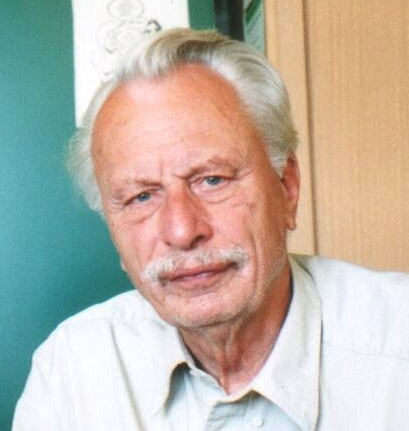 What is “Planungszelle (Planning Cell)”?
What is “Planungszelle (Planning Cell)”?
“Planungszelle,” or “Planning Cell” in English, is a method of citizen participation invented in the 1970s by the late Professor Peter C. Dienel of Wuppertal University.
In Germany, recognition of direct democracy increased among people as the referendum system was introduced to local municipalities after German unification in 1990. Given this backdrop, the Planning Cell method drew attention as one method of citizen participation and it has spread to Spain, the Netherlands, and other countries.
When a governmental organization identifies issues to be discussed, it consigns the operation of the Planning Cell to an impartial and neutral institution such as a university.
The consigned institution designs a program for Planning Cell and implements it. Participants are randomly sampled from the region and discuss in small groups as designed in the program. Such expressed opinions are gathered, publicized, and proposed to the government so that citizens’ voices will be reflected to city planning. Participants are expected to tackle it as their work and receive rewards.
Different from previous citizen meeting participant recruitment strategies via public ads, the most notable feature of this method is using “random sampling” to recruit citizen participants who are 18 years old and above (or recently, 16 years old and above). Thus, participants are not only members of specific groups or specialists, but in most cases, they are ordinary citizens who are not directly involved in the issues under discussion. Furthermore, the demographic distribution of the participants, including sex, age, and occupation, tends to reflect the local population, and thus participants can be regarded as representing the population.
A Planning Cell is comprised of 16 cells over a four-day period, and participants first receive information from specialists and others who are either impartial and neutral, or who are on supporting and opposing sides, and then discuss such information and related issues in five-person groups (there are usually five groups for a total of 25 people and each cell is 90 minutes including the information session). After each cell, group members are shuffled so discussions will not be dominated by certain participants.
Such small-group discussions with constantly changing members enable consensus building through listening to others’ opinions and respecting each individual’s experiences and perspectives.
Once group opinions are formed, voting takes place among all participants to gauge the popularity of the opinions expressed. The conclusions obtained through these discussions and the voting outcomes are not biased towards interest politics or specialists’ opinions.
Although Planning Cell is more costly and takes more time to prepare its final report compared with other methods of citizen participation, it is very effective as a method to extract the unexpressed voices of citizens who are sometimes called the “silent majority.” Moreover, citizens tend to become more civic-minded after participating in Planning Cells.
Features of Planning Cell
1. Participants are chosen by random sampling.
2. Participants receive rewards for their participation.
3. Participants discuss issues in groups of five people each (usually five groups with 25 people) and vote as a whole (four cells a day, 16 cells over a four-day).
4. Before each discussion, situational information and agendas are given.
5. The results of the discussion are made public as a citizens’ report.
Recently, phrases such as “deliberation” or “deliberative democracy” have become commonplace, the Planning Cell method is known as one exemplary practice that has its roots in Europe. It was introduced in Professor Hajime Shinohara’s book Shimin-no Seijigaku (Citizens' Political Studies) and has become widely known in Japan.
|
市民討議会推進ネットワークについて |
